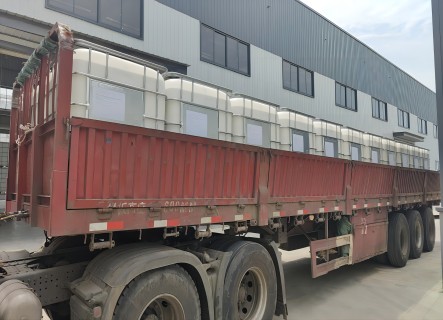
Surfactants In Pulp And Paper
Sep 08, 2023No matter pulp process or paper making process, many surfactants are essential for the during production.
Surfactants used as cooking AIDS can promote the penetration of cooking liquid to fiber raw materials, enhance the removal of lignin and resin from wood or non-wood, and play the role of dispersing resin. The anionic surfactants used as resin remover include sodium dodecyl benzene sulfonate tetrapolypropylene benzene sulfonate, sodium fatty alcohol sulfate, xylene sulfonate, sodium condensed naphthalene sulfonate, sodium alkyl phenol polyoxyethylene ether sulfate, etc. Non-ionic surfactants alkyl phenol polyoxyethylene ether, fatty alcohol polyoxyethylene ether, fatty acid polyoxyethylene ester, polyether and so on. When using non-ionic surfactants to remove resin, nonylphenol polyoxyethylene ether is the most effective, and the combination of anionic surfactants and non-ionic surfactants has a better effect, which can not only promote the removal of lignin and resin, but also improve the yield of pulp. For example, the added mass ratio is L: (1-2) xylene sulfonic acid and condensation of sodium naphthalene sulfonic acid and nonylphenol polyoxyethylene ether complex, can receive good resin removal effect.
Surfactant for deinking of waste paper
The principle of waste paper deinking is: with the help of surfactant fiber and ink wetting, penetration, expansion, emulsion dispersion, foaming, flocculation and capture, washing. The main process methods are: (1) washing method to highlight the dispersion function. The ink is easy to disperse to form a colloid to remove. (2) flotation method: moderate foaming, then ink collection, etc. The washing method and flotation method are combined. Waste paper deinking chemicals are mainly alkali, sodium silicate, chelating agent, hydrogen peroxide, surfactant, calcium salt and so on, in which the surface activity is an important role. As a waste paper deinking agent of the main surfactants are: anionic: fatty acid salt, sulfonate, sulfate, phosphate ester salt, sulfosuccinate ester. Cationic type: amine salt, quaternary ammonium salt.
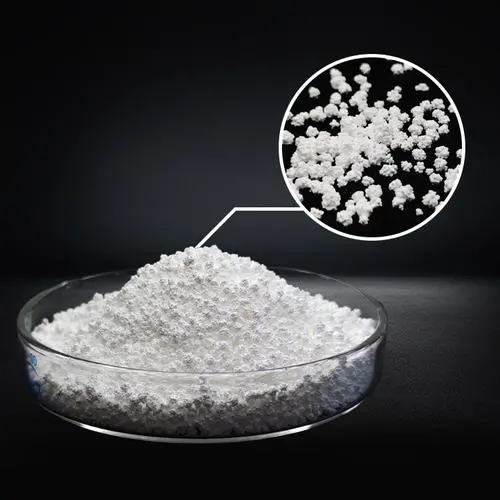
Papermaking White Water Wet End
Surfactant for sizing
Sizing agent is an important wet chemicals, its role is to make paper and board to obtain water resistance, most used in writing, printing, packaging and construction paper and board. The sizing agent mainly consists of rosin sizing agent and synthetic sizing agent.
The preparation of disperse rosin gum is a physical and chemical process, solid rosin absorbs heat into liquid rosin, and there is a great interfacial tension between rosin liquid and water, which can only be reduced by adding surfactant. The emulsifier and dispersant of dispersed rosin gum are both surfactants, and the selection of surfactants is the key to the preparation of dispersed rosin gum. Anionic cations and amphoteric ions are commonly used. China is currently used the most anionic disperse rosin gum, commonly used emulsifier for polyoxyethylene type, such as fatty alcohol polyoxyethylene ether phosphate ester, 2-hydroquinone -3-(even styrene phenol dioxyethylene) sodium propylene sulfonate, 2-hydroxy-3 -(nonyl phenoxy polyoxyethylene) sodium propylene sulfonate. Some use cationic polyacrylamide, polyamide polyamine epichlorohydrin, cationic starch as cationic emulsifier to prepare cationic dispersed rosin gum.
Synthetic sizing agents, mainly alkyl ketene dimer (A1kyl ketene dimer) AKD and alkenyl succinie anhydride (ALKENYL SUCinie Anhydride) ASA. These types of sizing agents contain active groups, can react with the hydroxyl group of the fiber and remain on the fiber, so it is also called reactive sizing agents. Because this kind of sizing agent can accommodate higher pH conditions (pH= 7.5-8.5), you can use cheap calcium carbonate as filler, improve the strength of paper, whiteness, improve the copying performance and welcomed by the paper industry. At present, more than 50% of high-grade paper in developed countries has been made in medium and alkaline. AKD and ASA are insoluble in water. By using polyoxyethylene non-ionic surfactant as emulsifier, AKD emulsion with good stability can be prepared.
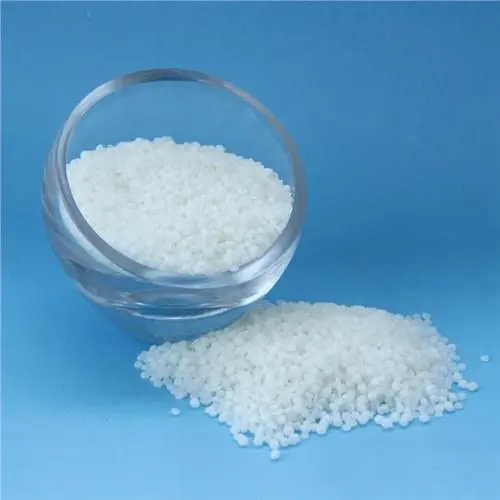
Surfactants for the control of resins
After pulping pulp in the bleaching process will precipitate residual resin, if not separated in time will form viscous sludge. Adhesion to equipment, paper machine copper net, wool cloth and dryer, causing paper making obstacles, affect the normal paper, but also produce paper disease. In addition, a large number of waste paper used today, waste paper in the adhesive, ink adhesive, coating adhesive and other resin materials will also produce resin barriers affect the copying. Therefore, the research and development of resin barrier control agents have become more and more important.
Commonly used resin barrier control agents include inorganic fillers (such as talcum powder, etc.), fungicides, surfactants, chelating agents, cationic polymers, lipase and membrane separation agents. The most commonly used surfactant is the anionic surfactant is the most widely used surfactant, it has high alcohol sulfate, alkyl benzene sulfonic acid and high alcohol, phosphate ester, etc.. The main cationic surfactants are alkyl amine salts or quaternary salt. Non-ionic surfactants are mainly polyethylene glycol type and polyols. In addition. There are also amphoteric surfactants and a variety of multivariate compounds. Stripping agent is also a resin control agent, used to control the adhesion between the dryer and the paper, lubrication scraper, dryer. Control adhesive distribution, etc. Mainly polyamide polymer emulsion, such as polyvinyl alcohol emulsion, mineral oil and surfactant with spray silicone emulsion and polyamine polyamide cationic polymer, etc.
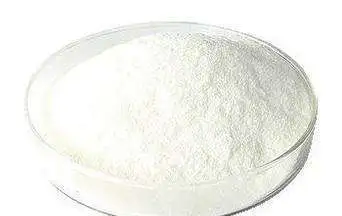
Surfactant for defoamer
In the process of making paper, because the pulp contains a small amount of quality, fatty acids and other natural and artificial added foaming surfactants. At the same time, it contains synthetic polymer and starch foam stabilizer. So there will be foam, resulting in broken paper or paper with holes and other problems. The main active components of defoaming agent for paper making are high carbon alcohols, polyethers, fatty acid esters, silicone polymers and so on. General with oil - water type emulsion.
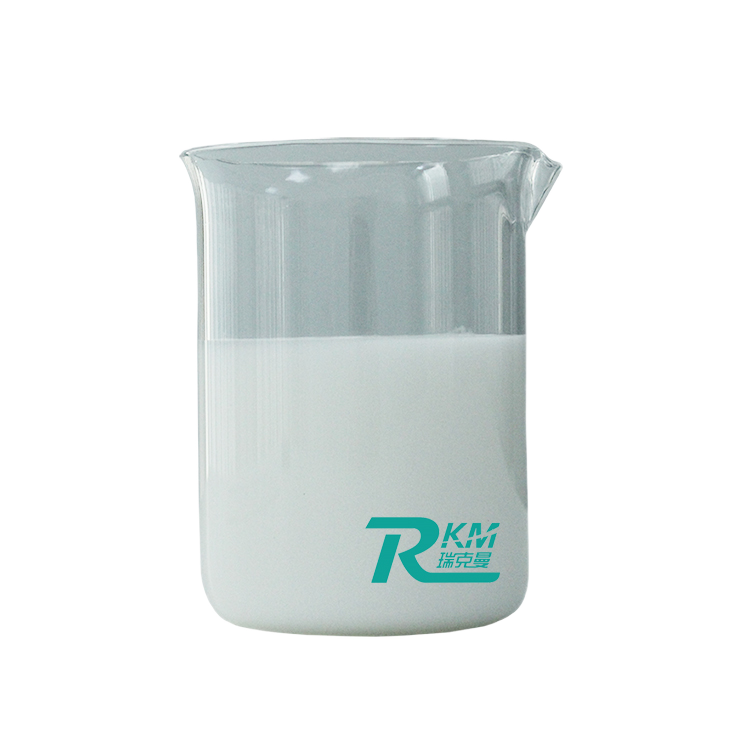
Softener for paper making
Softness is for the fiber, the surface active agent can form a hydrophobic base on the surface of the fiber outward reverse adsorption, reduce the dynamic and static friction coefficient of the fiber material, so as to obtain a smooth and soft feel. Sulfuric acid vinegar, sulfonated castor oil and other anionic surfactants when adsorbed on the surface of the fiber will show its soft effect.
The cationic group in the cationic surfactant can be directly connected with the negatively charged fiber. The hydrophobic group forms a low-energy surface on the outside of the fiber, and its softness is particularly good. For example, fatty acid bisamide epichlorohydrin is mainly used for paper with high softness requirements, such as toilet paper, wrinkle paper, sanitary napkins, handkerchiefs, napkins and so on.
Amphoteric surfactant to a wide range of cationic base and fiber, the anionic base can be combined with the fiber through the pulp polyelectrolyte or aluminum ions, also can make the hydrophobic base arrangement outward, so that the surface energy is greatly reduced, such as 1 (1). 9' amine ethyl group). 2. The derivatives of heptadecyl imidazoline carboxylic acid are one of these surfactants. In addition, cationic and amphoteric surfactants have antimicrobial and bactericidal ability, which can effectively prevent paper from becoming moldy.
Silicone surfactants belong to special surfactants and cationic silicone quaternary ammonium salt is mainly used as softeners.
Other softeners have stearic acid polyoxyethylene ester, polyoxyethylene lanolin, emulsified wax and other varieties are also many.
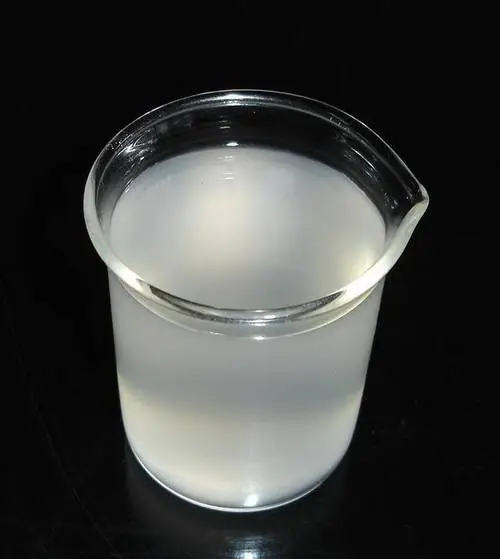
Antistatic agent
Antistatic problems are sometimes encountered in the production of special processed paper. The hydrophilic surface can be produced by treating the liquid with surfactant. In other words, the surfactant as antistatic wattles forms forward adsorption on the surface of the material. The surface of a material with a hydrophobic base. The hydrophilic group extends into space, and the ionic conductivity and hygroscopic conductivity of the fiber increase, resulting in discharge phenomenon, so that the surface resistance drops, thus preventing the accumulation of static electricity. Surfactants used as antistatic agents have larger hydrophobic groups and stronger hydrophilic groups. Cationic surfactants are the most used and have the best performance, by amphoteric surfactants.
Fibre dispersant
The main function of fiber dispersant is to reduce fiber flocculation and improve paper forming. Fiber dispersant can make form a bilayer structure, outer dispersant polar end has the strong affinity with water and increase the degree of wetting by water, and away from garden electrostatic repulsion, achieve the result of decentralized, commonly used fiber dispersant have partially hydrolyzed polyacrylamide (PAM) and polyethylene oxide (PlEO), etc., the PEO is highly viscous. Good water solubility, good lubricity and other characteristics, in the high-grade toilet paper to add less than 0.05%, can achieve good dispersion effect.
Surface Sizing And Coating In Papermaking
Surface sizing and coating are chemicals acting on the surface of paper, mainly used to improve the surface performance of paper, improve the printing performance and integrity of paper. But there are many differences between the two, the main difference is: the surface sizing often only use adhesive, and coating is both with adhesive and pigment; The surface sizing glue is pressed into the page, and the coating pigment is applied to the surface of the paper.
Surfactant for surface sizing
According to the material, it can be divided into natural and its modified products and synthetic products. It can be divided into anionic, cationic and non-ionic categories according to its ionic properties. It can be divided into aqueous solution type and emulsion type according to its product morphology. The commonly used surface gumming agent has hydrophobic and hydrophilic groups, so they are surfactants in a broad sense. The main surface sizing agents are modified starch, polyvinyl alcohol (PVA), carboxymethyl fiber cable (CMC) and polyacrylamide (PAM), etc. Different surface sizing agents can be selected according to different needs. Such as: ① improve water resistance, available AKD, dispersed rosin, paraffin, stearic acid chromium chloride, styrene maleic anhydride copolymer and other synthetic resin latex; (2) improve oil resistance, can be added to the organic fluorinated platform. Such as perfluoroalkyl acrylate copolymer, chromium perfluorooctanoate compound, perfluoroalkyl phosphate, etc.; (3) increase anti-viscosity, silicone resin can be added; ④ to improve the printing performance, mainly using modified starch, CMC, PVA, etc.; (5) improve the dry and wet strength, can be added PAM modified starch, etc.; ⑥ Improve the gloss of printing, mainly with CMC, sodium alginate, etc. In order to improve the surface sizing effect, two or several sizing agents are usually used to share the method, the effect is very significant.
Surfactant for coating
Coating processing coatings mainly include adhesives, pigments and other additives. The coating itself is a complex compound, and depending on the specific paper requirements, formula composition is different. Surfactants play an important role in the preparation of paper coatings, including coatings dispersants, defoaming agents, lubricants, preservatives, antistatic agents and synthetic latex, etc.
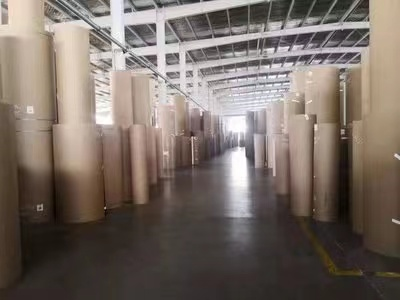
Paint dispersant: is the most important additives in coatings, most of which are surfactants, whose properties are ① endowed with pigment particles charge, so that their mutual repulsion; (2) covering the surface of pigment particles, play a role of protective colloid; (3) forming a high viscosity state around the particles to prevent multiple particles from agglutinating. The earliest dispersants used are phosphate, polysilicate, diammonium hydrogen phosphate, condensation of benzene sulfonic acid and formaldehyde, casein, Arabic resin, etc. Sodium hexametaphosphate, sodium pyrophosphate and sodium tetrapolyphosphate are commonly used as dispersants in low solid content coatings. In high solid content coating, usually use polymer organic dispersion spines, such as sodium polyacrylate solution, sodium polymethacrylate and its derivatives, diisobutylene and maleic anhydride copolymer of disodium salt solution, as well as alkyl phenol polyoxyethylene ether and fatty alcohol polyoxyethylene ether, etc..
Defoamer: coating preparation and coating process often produce foam, need to add defoaming agent. There are mainly senior alcohol, fatty acid ester and phosphate tributyl ester, phosphate tripropyl ester.
Lubricant: in order to improve the paper coating liquidity and lubricity, and enhance adhesion, give paper coating with smooth and luster, increase plasticity, prevent cracking, improve the printing adaptability of coated paper, lubricant can be added. At present, the most widely used lubricants are water-soluble metallic soap-based surfactants represented by calcium stearate. Sodium stearate water-soluble lubricants also play an obvious role. Paraffin hydrocarbons and fatty acid amines can also be used as lubricants.
Preservatives: some natural adhesives are easy to degrade and moldy, so paper coatings should be licked with anti-corrosion spines. Quaternary ammonium salts cationic surfactants, fluorinated cyclic platform, organic bromine and organic sulfur compounds, N-(2 - benzimidazolyl) a carbamate (carbendazim), etc., have been widely used in paper coatings.
Antistatic agent: by adding octadecyl trimethyl ammonium fluoride, polyoxyethylene sorbitol ester, alkyl phenol polyoxyethylene ether phosphate, polystyrene sulfonate in the coating formula can give paper antistatic properties.
Synthetic latex: synthetic latex is an important coating adhesive, in the process of synthetic latex preparation, surfactant as emulsifier, dispersant, stabilizer and so on play an important role.
The other one important chemical is bactericide, which is essential for many surfactants.
1 What is fungicide?
Academically, microorganisms can be divided into bacteria and fungi, and bacteria can be simply divided into aerobic bacteria and anaerobic bacteria.
Generally, bacteria grow in neutral or alkaline conditions. Aerobic bacteria can only survive in the presence of oxygen. Of course, they also need nutrients, moisture, temperature and so on. Anaerobic bacteria do not need oxygen, such as hydrogen sulfide (rotten egg smell).
Fungi can be divided into molds and yeasts. Fungi like to grow in acidic conditions.
Adding different fungicides can effectively kill the targeted strains. Through toxicity experiments, we can select one or several appropriate fungicides, and ensure that the fungicides reach a certain concentration in the slurry when used, and ensure that the contact time between the fungicide and the slurry meets the requirements of the fungicide.
2 What’s the function of Fungicide?
The purpose of adding fungicides to the system is to control and inhibit the growth rate of bacteria and to reduce the spoilage of the slurry.
Inn order to prevent the effect of sizing agent and dye performance, we should try to avoid the use of oxidized fungicides in the papermaking white water wet end. In addition, some fungicides may induce the occurance of foam. Hence, when we use charged fungicides, we should avoid adding it into the case of chemicals with opposite charge.
The pH, temperature and ORP of the system will affect the application effect of fungicides. High pH and temperature will cause the decomposition of fungicides and thus lose their bactericidal function. Some fungicides are very sensitive to the ORP of the system.
